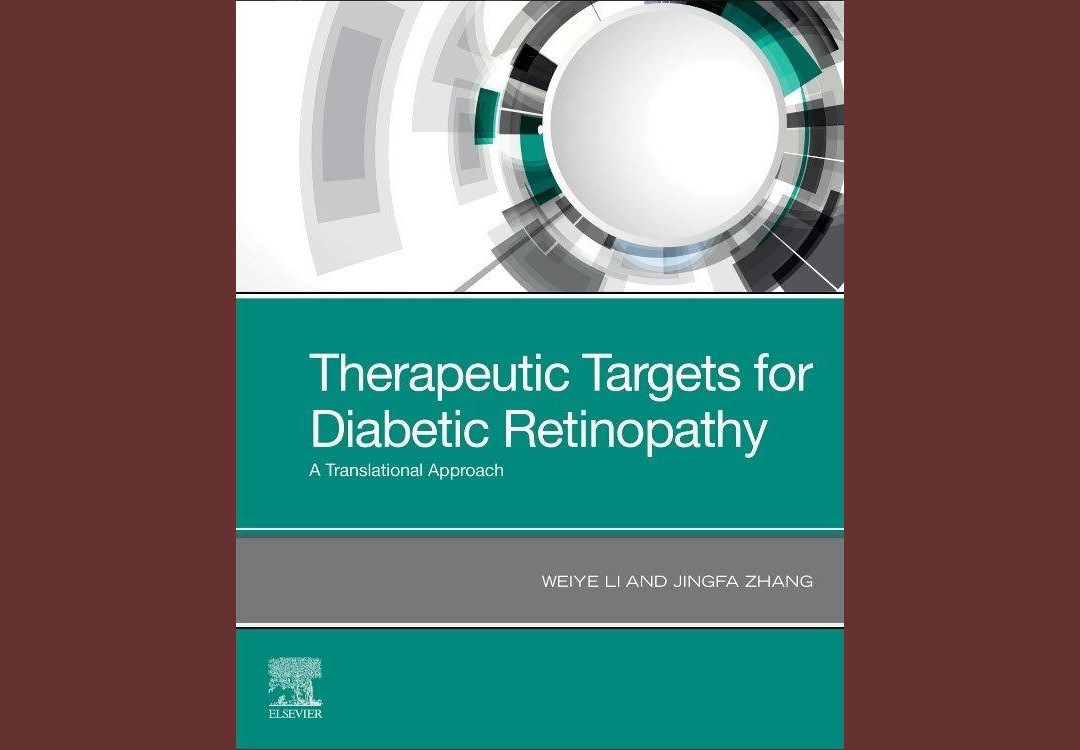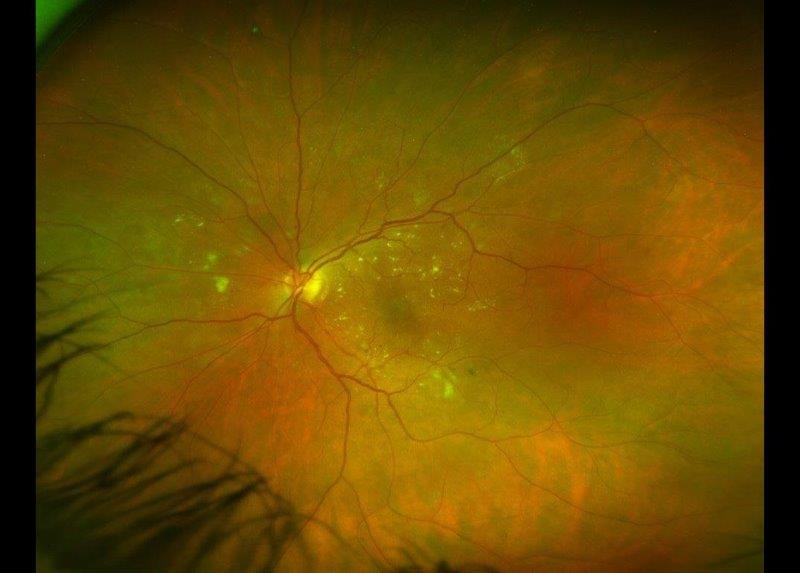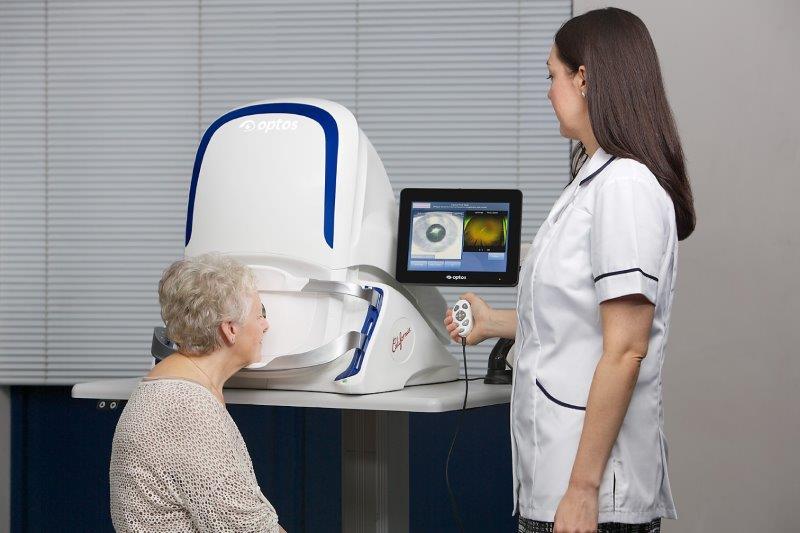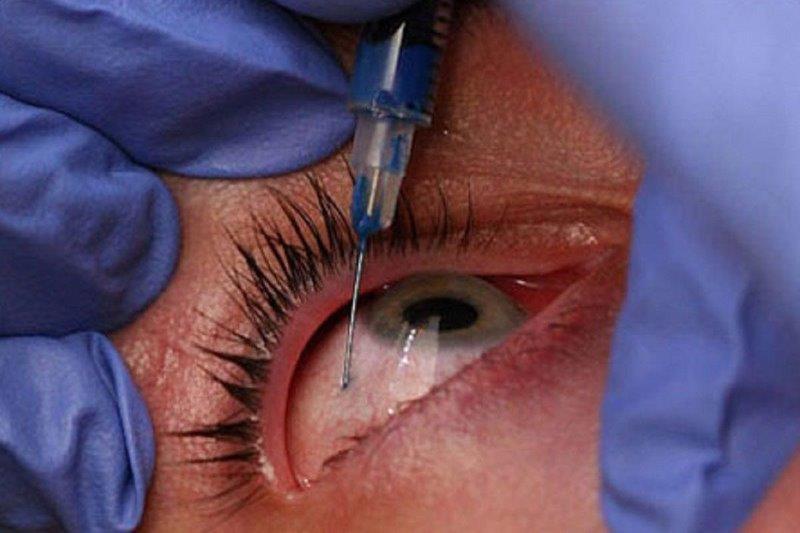Glaucoma red flags, AI and more
Four Points by Sheraton was full to capacity with Auckland optometrists braving torrential rain to pick up clinical tips and enjoy a delicious selection of food and drinks while catching up with colleagues at the latest Eye Institute seminar.
VR and OCT
Dr Peter Hadden kicked off proceedings discussing therapeutic aftercare of vitreoretinal surgery. Most people find vitreoretinal surgery straightforward to undergo, he said, generally with positive visual outcomes and rare occurrence of serious complications (retinal detachment < 1:1000 and endophthalmitis 1:3000). Cataracts commonly develop over time, usually months to years after the procedure, and glasses typically need to be prescribed at one month if visual acuity is reasonable. Dr Hadden also shared tips on how to perfect ocular coherence tomography (OCT) scans for referral. It’s important to scroll through all the slices, he said, as offering an opinion based on just the central slice may well lead to a wrong diagnosis.
Glaucoma diagnosis and cancer
Professor Helen Danesh-Meyer then shared some guidelines on when to image and when to refer patients with suspected normal-tension glaucoma. Always use a systematic approach and go back to basics, she said, stressing that intraocular pressure (IOP) isn’t an appropriate variable to determine whether it is glaucoma or to do imaging, as glaucoma can occur at any pressure. When referring, always take a thorough patient history into account and, when considering visual acuity (VA) loss, remember VA only decreases with advanced glaucoma. Prof Danesh-Meyer also explained that it’s important to consider the patient’s colour vision, as this is affected by glaucoma, while examining the neuro-retinal rim for consistency and detecting any visual field mismatches are both key for glaucoma diagnosis.
Later in the evening, Dr Divya Perumal continued the glaucoma theme and its association with secondary intraocular tumours - uveal melanoma, metastatic tumours, lymphoma, retinoblastoma and juvenile xanthogranuloma. Most often originating from the kidneys, breasts or lungs, tumours are generally atypical for unilateral glaucoma and spread from the choroid to the vascular/lymphatic system. The primary goal is to control the tumour, followed by the IOP. It’s important to maximise medical treatment to prevent reoccurrences, said Dr Perumal, and, in these cases, trabecular tubes are not recommended as they can become a “highway” for the disease to spread further.
Lumps, bumps and medicinal problems
Moving to the exterior of the eye, Dr Ben LaHood entertained the crowd with some gruesome imagery, sharing what patients typically need to know about the removal of lid lumps and bumps. Many lumps, such as chalazion, pyogenic granuloma, squamous papilloma and seborrheic keratosis, are generally not malignant and can easily be removed in about an hour. More serious bumps, like cyst of Moll and cyst of Zeiss can be malignant and the approach to removal is determined by the patient’s general health. These procedures take longer, require planning and patients will typically look ok again in about six weeks, said Dr LaHood.
Dr Shanu Subbiah wrapped up the pre-interval session with an amusing quiz on the ocular side-effects of commonly prescribed systemic medication, given that a patient’s condition could be caused by medication which they may have neglected to inform you about. Tetracyclines and retinoids (acne treatment) can cause headaches, visual obstruction and, less frequently, diplopia, he said, adding that after many years of use, acne patients typically suffer from dry eye as the medication has “nuked the meibomian glands”. Another commonly prescribed medication, Viagra, can cause side effects like red eyes, a ‘blueish tinge’ in vision and anterior ischemic optic neuropathy. The American Academy of Ophthalmology also urges caution when prescribing Viagra to patients with macular degeneration, retinitis pigmentosa and diabetic retinopathy, he said.
From keratoconus to AI
Dr Jay Meyer then discussed the key basics for keratoconus diagnosis, monitoring and treatment options. He said he expected to see fewer corneal transplants over time as keratoconus is discovered earlier, “before there’s any slit lamp signs”, and we become more proficient in cross-linking. Onset is typically during puberty; it is multifactorial disease with genetic and environmental causes and a prevalence of 1:500 to 1:2000. Studies performed at the University of Auckland by PhD Boptom student Akilesh Gokul and colleagues, also showed keratoconus is over-represented in Maori and Pacific Island populations. Choice of treatment - glasses, contact lenses, surgery or transplantation - will depend on the patient’s age, visual needs and the severity of the disease and its progression.
Rounding off the evening, Dr Narme Deva provided an overview of artificial intelligence’s (AI’s) impact on ophthalmology. AI is already applied to refractive error prediction, cardiovascular risk detection from fundus images, and retinal lesion and diabetic retinopathy identification. Another interesting application is Moorfields Eye Hospital’s use of DeepMind, which has been trained on 14,884 scans to classify the presence of 10 different OCT pathologies into urgent, semi-urgent, routine or observation classification. Applications will continue to expand, even with current limitations such as image quality and the quality and diversity of training sets, said Dr Deva. Was she worried? Not really, she said, as human intelligence is key for the successful implementation of AI.
Up next from Eye Institute is the annual Eye Institute Scientific Conference at The Crowne Plaza on 16-17 November.



























